frontpageCleverActivity6849 posted Feb 03, 2023 05:21 AM
Item 1 of 5
Item 1 of 5
frontpageCleverActivity6849 posted Feb 03, 2023 05:21 AM
OSD Nero Multi Channel Home Theater Amplifiers: 7-Channel $750, 5-Channel
& More + Free S/H$600
$700
14% offGood Deal
Bad Deal
Save
Share
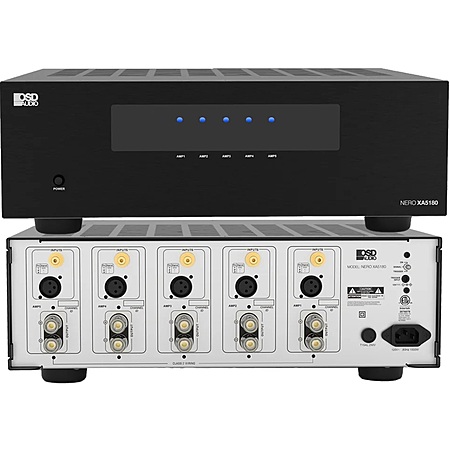
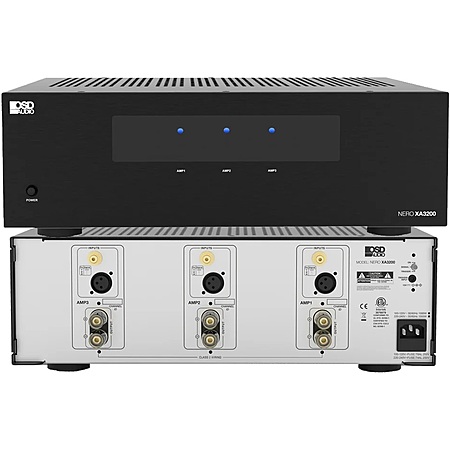
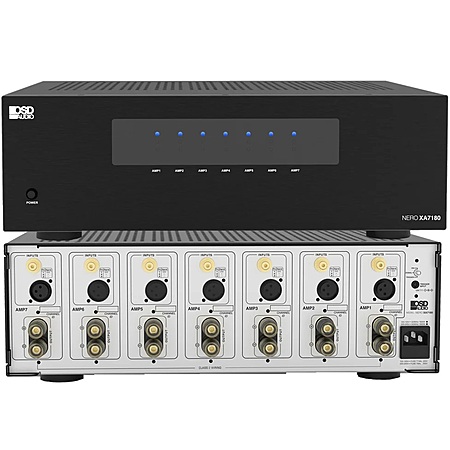
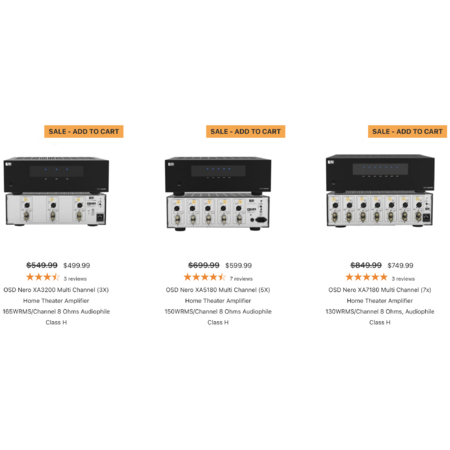
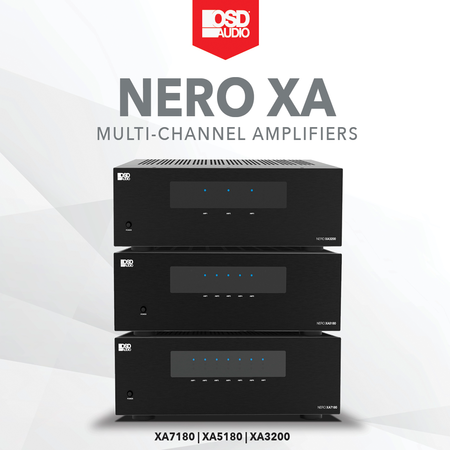


Leave a Comment
Top Comments
Many speakers ...the Bowers and Wilkins I own for instance....change impedance greatly depending on what range they are playing
There is not a downside to having ample power
Any amp can play louder than its specs, if distortion is ignored.
107 Comments
Sign up for a Slickdeals account to remove this ad.
Performance- it's perfect bang for your buck. Underpowered speakers tend to clip easily moving them to repairs in short time. So use an amp, and enjoy listening. I was highly satisfied with this product and brands that make a hell out of you just for their marketing. Perfect for any setup.
Our community has rated this post as helpful. If you agree, why not thank killerrabbit1961
Performance- it's perfect bang for your buck. Underpowered speakers tend to clip easily moving them to repairs in short time. So use an amp, and enjoy listening. I was highly satisfied with this product and brands that make a hell out of you just for their marketing. Perfect for any setup.
Our community has rated this post as helpful. If you agree, why not thank pixelpusher15
Power demands are a function of speaker sensitivity, desired SPL, and listening distance. If you listen to speakers that are 3' away you more than likely will be fine with a single watt. 20 feet away...you need more wattage.
Here's a calculator to help people figure out what they need.
http://myhometheater.h
Use a single speaker, choose where it is located in relation to a wall, input your speaker sensitivity and play with wattage to see what the results are. You need 105dB to fully go to reference. If on your AVR/processor you listen at -15 then subtract 15 from that...so 90dB.
You can come up a bit short and its usually ok. The brain fills in up to 6dB of clipping but I'd try to get it within 3dB.
Power Output @ 8 Ohm: 165W RMS per Channel
Power Output @ 4 Ohm: 260W RMS per Channel
Frequency Response: 7.5Hz to 80kHz +/-0.5dB
Power Output @ 8 Ohm: 165W RMS per Channel
Power Output @ 4 Ohm: 260W RMS per Channel
Frequency Response: 7.5Hz to 80kHz +/-0.5dB
You would never seen that in anything but the highest end AVR's from the manufacturer
Our community has rated this post as helpful. If you agree, why not thank turnne
Power demands are a function of speaker sensitivity, desired SPL, and listening distance. If you listen to speakers that are 3' away you more than likely will be fine with a single watt. 20 feet away...you need more wattage.
Here's a calculator to help people figure out what they need.
http://myhometheater.h
Use a single speaker, choose where it is located in relation to a wall, input your speaker sensitivity and play with wattage to see what the results are. You need 105dB to fully go to reference. If on your AVR/processor you listen at -15 then subtract 15 from that...so 90dB.
You can come up a bit short and its usually ok. The brain fills in up to 6dB of clipping but I'd try to get it within 3dB.
Many speakers ...the Bowers and Wilkins I own for instance....change impedance greatly depending on what range they are playing
There is not a downside to having ample power
Sign up for a Slickdeals account to remove this ad.
Many speakers ...the Bowers and Wilkins I own for instance....change impedance greatly depending on what range they are playing
There is not a downside to having ample power
The downside to having a lot of power is spending unneeded money on it that you could have invested in better speakers, room treatments, subwoofers, a display, etc, etc.
Don't just buy specs, buy what you actually need.
Our community has rated this post as helpful. If you agree, why not thank labboypro
Arbitrary example..
I bought the 5 channel back when it was 400 and I hear a lot of people say its identical (or virtually) to the Outlaw 5000X. I have both, they are NOT really identical. The layout is similar and both use the same Chinese OEM but they are not the same. I remember the OSD using completely different capacitors. The transformer looks identical however. Its possible that the OSD is the same as the older 5000(non-X) but im purely speculating.
Sonically they are very similar to the outlaw and for the price under 600 is better than anything else in its price bracket.
I bought the 5 channel back when it was 400 and I hear a lot of people say its identical (or virtually) to the Outlaw 5000X. I have both, they are NOT really identical. The layout is similar and both use the same Chinese OEM but they are not the same. I remember the OSD using completely different capacitors. The transformer looks identical however. Its possible that the OSD is the same as the older 5000(non-X) but im purely speculating.
Sonically they are very similar to the outlaw and for the price under 600 is better than anything else in its price bracket.
Arbitrary example..
Depending on how low they go in impedance, at what range and how loud you play in that range it makes a difference.
Sign up for a Slickdeals account to remove this ad.
The downside to having a lot of power is spending unneeded money on it that you could have invested in better speakers, room treatments, subwoofers, a display, etc, etc.
Don't just buy specs, buy what you actually need.
To your point thought...I would buy what you NEED for your specific situation and not really heed generalities.as a litmus test
Leave a Comment